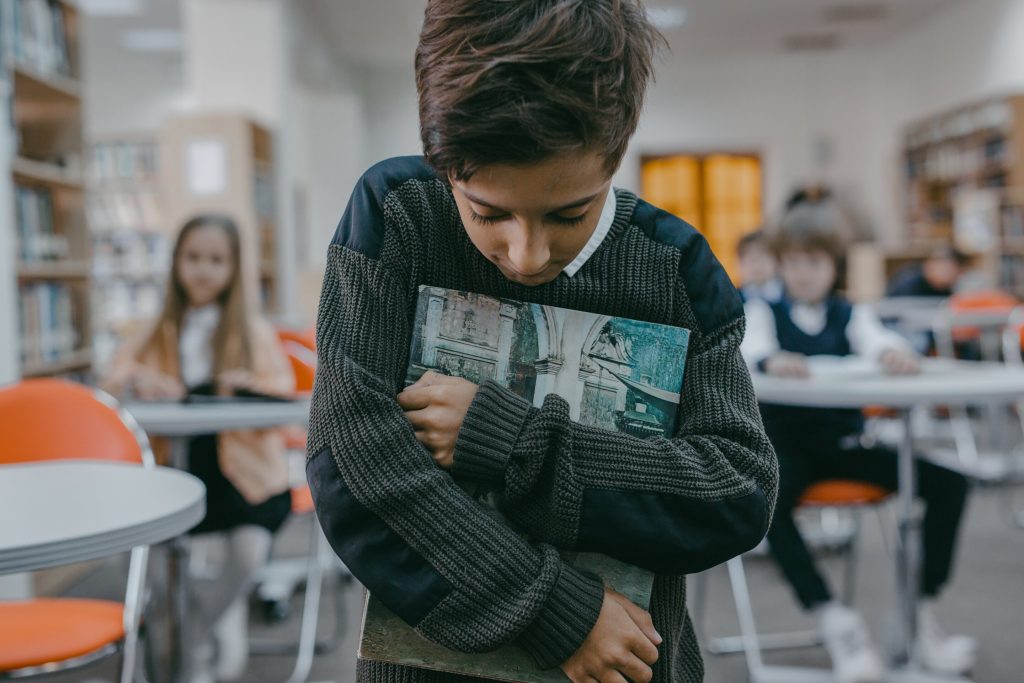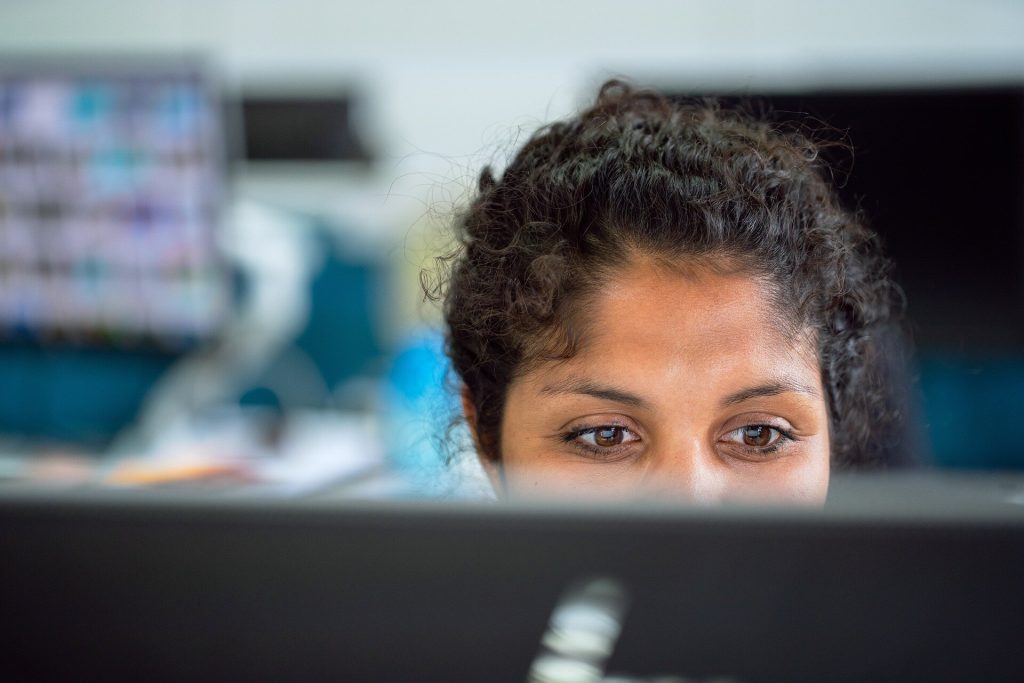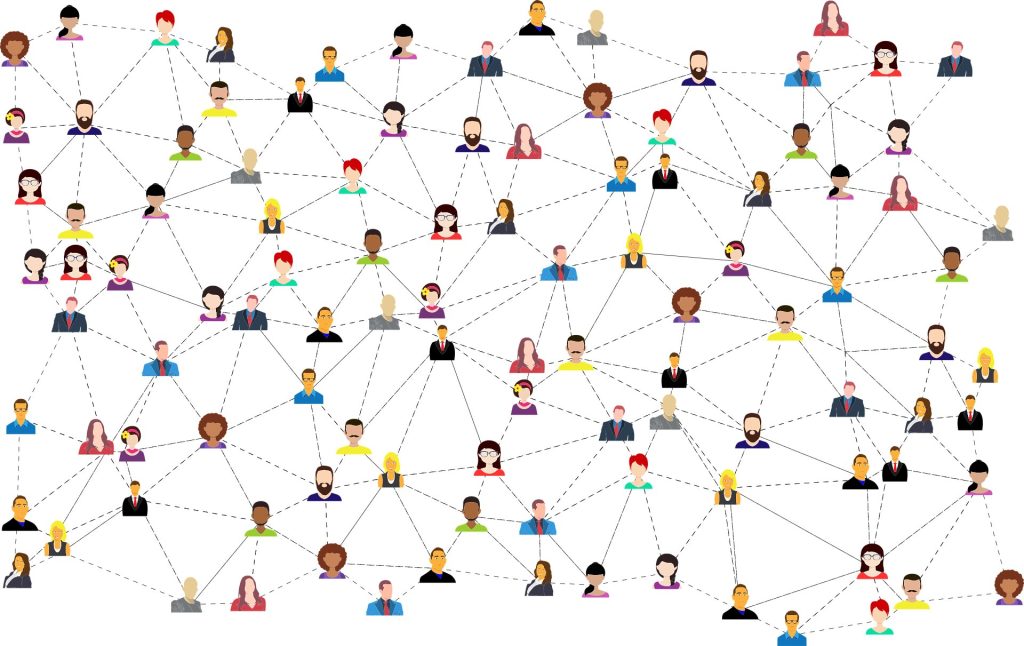In today’s world, fostering empathy and understanding among young people is more important than ever. A recent study explores innovative approaches to combat homophobic bullying in schools, tapping into the experiences of students and offering hope for a more inclusive future.
Researchers at São Paulo State University (UNESP) in Brazil are leading the charge with a cutting-edge approach: using audiovisual narratives to shine a light on the harsh realities of homophobic bullying. Their study aims not only to investigate bullying dynamics but also to empower students through reflection and conversation.
The journey began with three phases, starting with 178 individual interviews and 45 focus groups involving adolescents. Participants watched carefully crafted short videos that depicted scenarios of homophobic bullying. This immersive experience prompted rich discussions about their own experiences and led to important dialogues about conflict resolution. Researchers meticulously classified the coping strategies that emerged during these sessions.
In the second phase, 25 international experts validated these classifications, creating a shared language around different coping strategies. They’re currently in the third phase, engaging with 38 survivors of homophobic bullying from various countries. Their personal stories are integrated into the research, enriching the perspective and depth of the findings.
“We wanted to understand bullying not just clinically but through the eyes of the youth themselves,” shared Emerson Vicente-Cruz, the lead author of the article. “By involving young people in a supportive and non-judgmental setting, we aimed to encourage thoughtful reflection on their emotions and attitudes.” Emerson emphasized that this approach fosters empathy and insight concerning social prejudices.
The study identified three main groups of strategies that young people employ when faced with homophobic bullying. Some engage in avoidance and self-destructive behaviors, reflecting a desire to escape or cope with violence. Others are caught in a cycle of survival, denying their identities to hide from harm. Yet, amidst these challenges, a hopeful third group emerges, focusing on egalitarian actions. These young people seek support, show solidarity, and advocate for inclusion.
Creating Inclusive Spaces
“In times of rising intolerance, our study unveils the strategies that students adopt, making it clear that many feel their safety is compromised,” Vicente-Cruz explained. “This can lead to seemingly contradictory behaviors.” Understanding this reality is crucial for nurturing supportive school environments.
The findings emphasize the need for targeted intervention programs that address prejudices, alongside training for educators and school administrators to recognize subtle nuances in student behavior. “Education plays a vital role in forging school environments that embrace diversity,” Vicente-Cruz affirmed.
Ultimately, the researchers advocate for the development of educational policies and initiatives inspired by their findings. By actively engaging educators and fostering an inclusive culture, schools can evolve into safe havens for all identities, helping to weave a tighter, more compassionate community that champions equity and justice.
More information:
Emerson Vicente-Cruz et al, Taxonomy of Strategies for Coping with School Homophobic Bullying, Journal of School Violence (2025). DOI: 10.1080/15388220.2025.2479775
If you would like to see similar science posts like this, click here & share this article with your friends!





